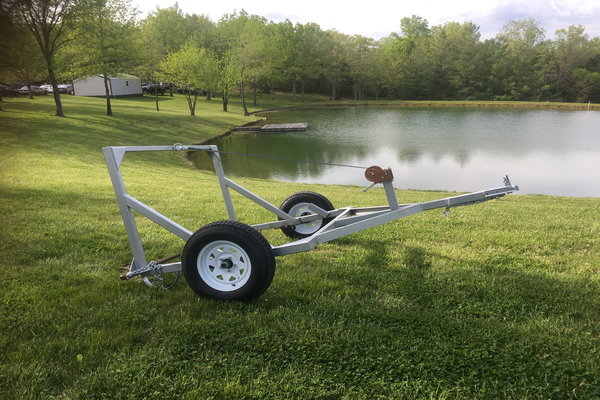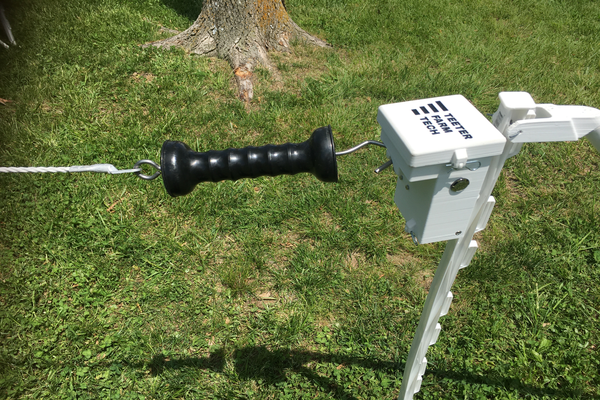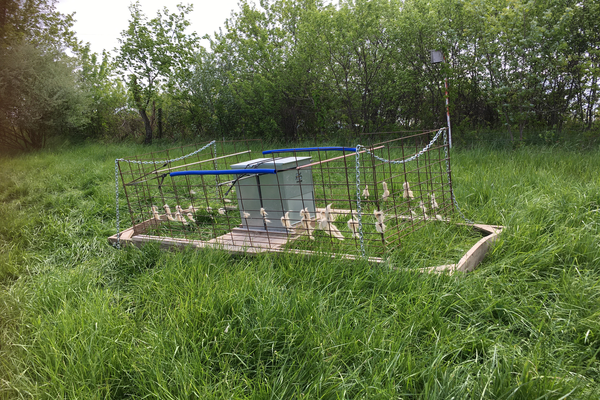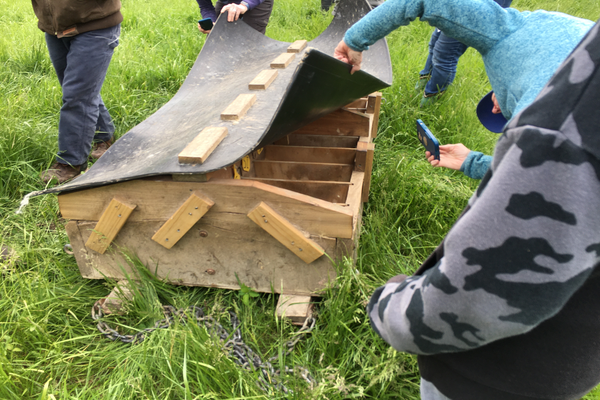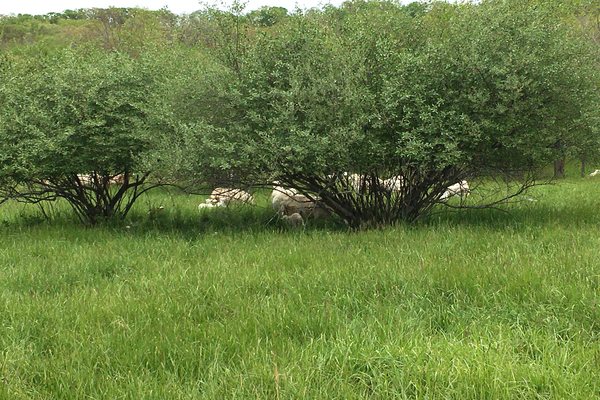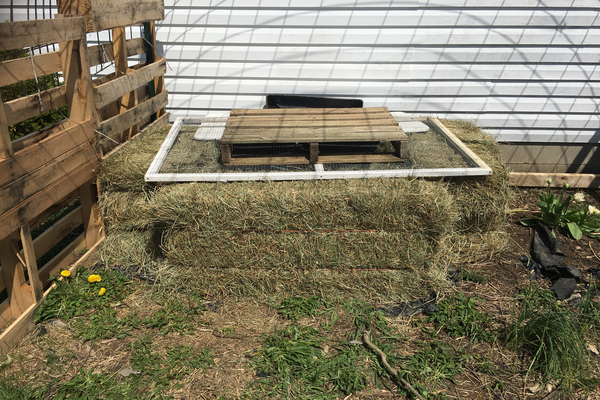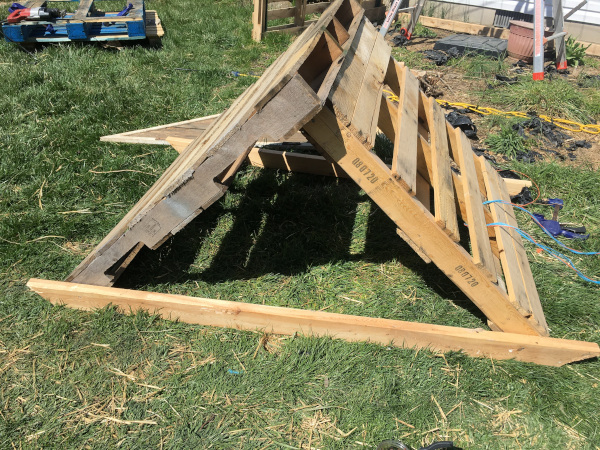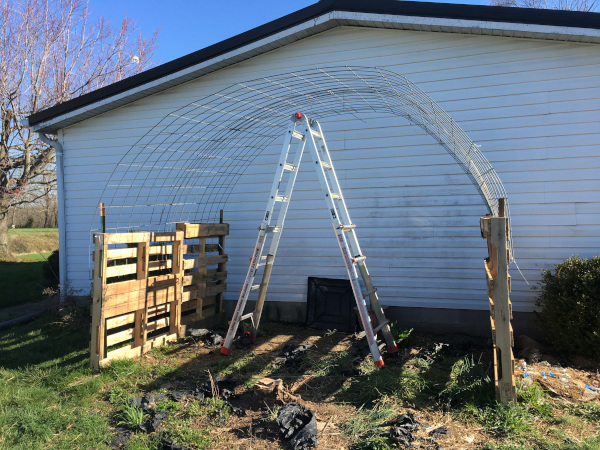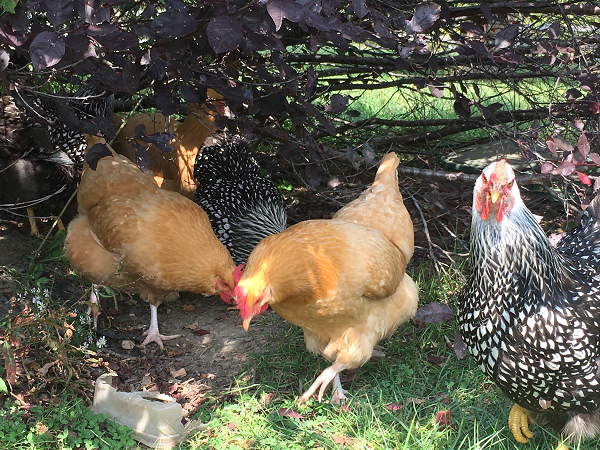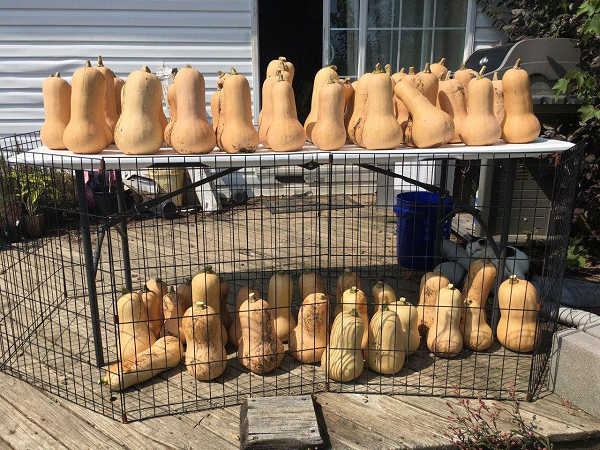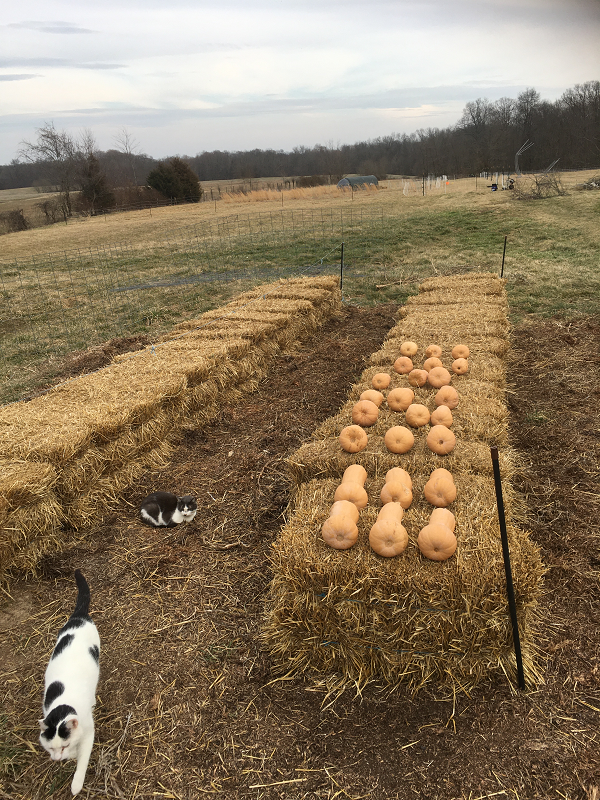I attended Greg Judy’s grazing school May 6th, 7th, and the 8th this past week and let me tell you, it was worth every penny I spent. Greg and Jan Judy are some of the nicest, caring, and humble people you could ever wish to meet. Greg tells you about all the mistakes he’s made over the years and what those mistakes cost him. He helps you understand the solutions to those mistakes in a way that sticks with you and really shortcuts the hard learning curve you’d have otherwise.
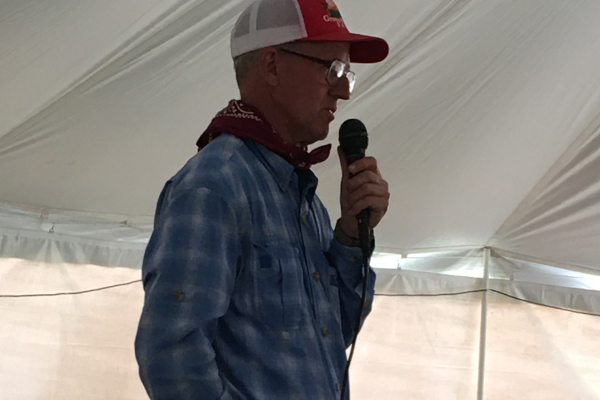
Greg Brann was a guest speaker at the event and he shared a wealth of knowledge of forage types and management. I learned more about grasses and legumes, warm and cool season plants, perennials and annuals, and forage trees than I ever knew existed. I will be looking for the resources he recommended and start learning what’s in my pastures and start to increase my varieties for my ruminants.
Greg Judy had vendors on-site providing information on the posts he uses, his bale unroller, and a new gadget that has a gate release on a timer for moving herds/flocks when you can’t be there. Greg and the interns also gave us a fencing demonstration that really helped me grok how things all fit together.
We saw three different farms while we were there. The first had the calf/cow mob and we got to see them moved onto fresh pasture. His cows were so gentle and good natured, we were standing right out in the middle of them and they had some calves that were only a week old. I was even able to coax one curious cow close enough to sniff and lick my hand. The second farm, we were able to see Greg’s bull mob. His eldest bulls were from 2017/18 and they just exuded strength and masculinity. The South Poll breed is definitely one to check out if you’re interested in beef cattle. Greg’s are raised with zero grain and their body condition is second-to-none.
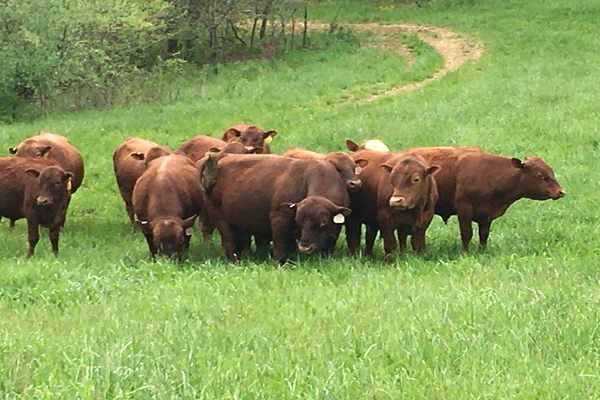
The third farm we visited had the sheep flock gathered with the livestock guardian dogs. They were in the middle of lambing and we didn’t dare venture too close as we didn’t want to spook any ewes into abandoning their lambs. These sheep lamb in pasture and receive no interventions. Mother nature culls the weak. They were a mix of St. Croix, Katahdins, Black Belly Barbados, and another hair-sheep breed I couldn’t quite catch the name of. They are tough sheep, raised strictly on forage, no worming, and no grain. Greg’s dogs are well trained guardians and they were doing their job barking at all of us and making sure we didn’t get too close.
In addition to all this, we got to talk to the interns you see in Greg’s videos and these young men (22 and younger) are well on their way to being able to run a successful farm in their own right. Ben, Isaac, and Conner were friendly and happy to share their experience with all of us. We also got to meet Greg’s first lease owners. They were gracious enough to host the event on their lawn and helped out with all the logistics of parking, feeding, and helping us find our way. They are truly lovely people and I hope our paths cross again.

On the whole, I made some great contacts that I’ll be keeping in touch with. I learned enough about high-tensile fence to be able to install some on our property. I learned how to stockpile our entire homestead for winter feeding and really cut down on our hay costs. I learned about a lot of various trees from another attendee that I want to incorporate into our paddocks to give our sheep some variety. I also was able to share some things I had already learned with others (how to tip a sheep on its butt, establishing dominance, and recapturing sheep) and it felt good to be able to give them options they had not thought of.
Thank you, Greg Judy. You don’t know it, but you are my grazing mentor. ❤

